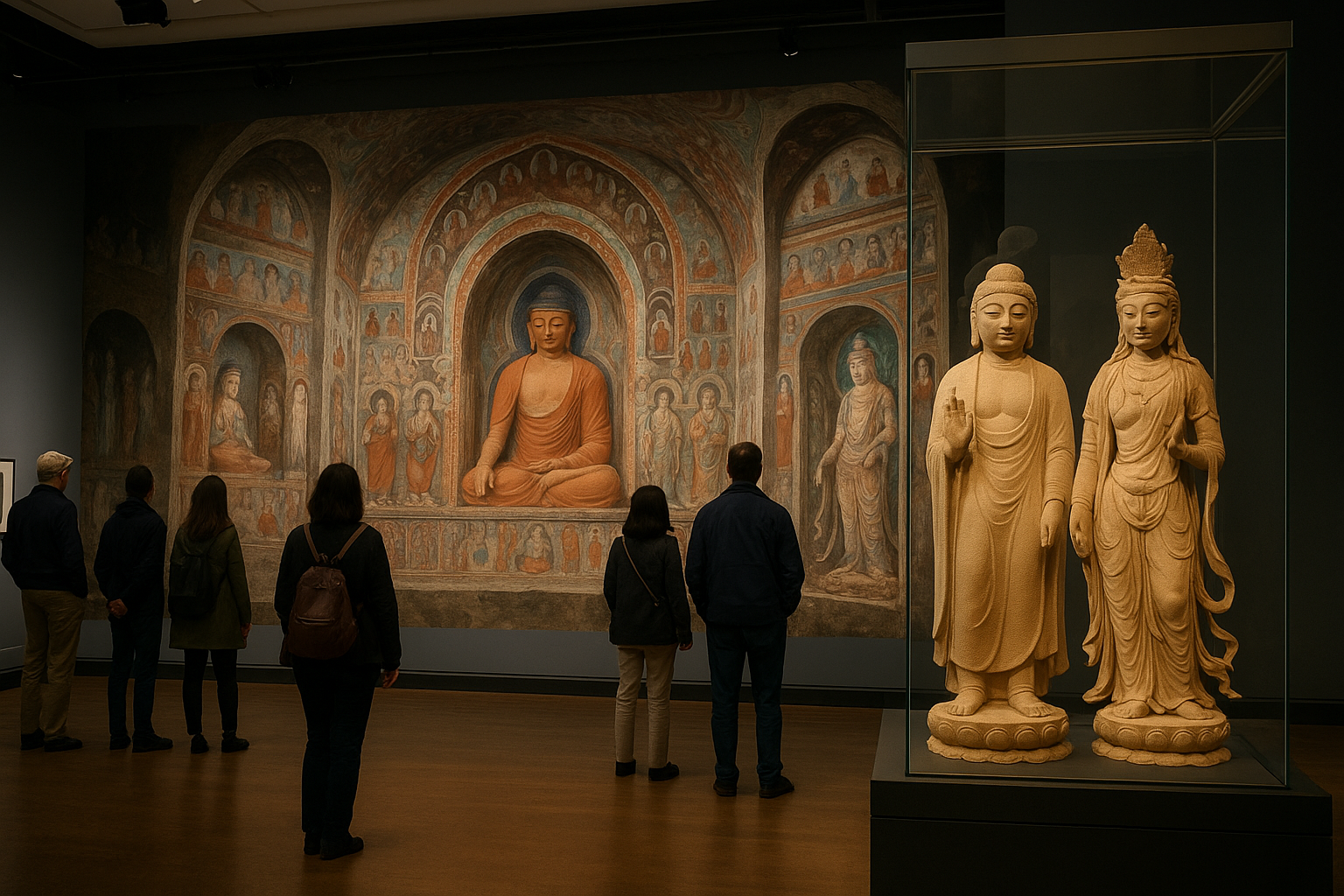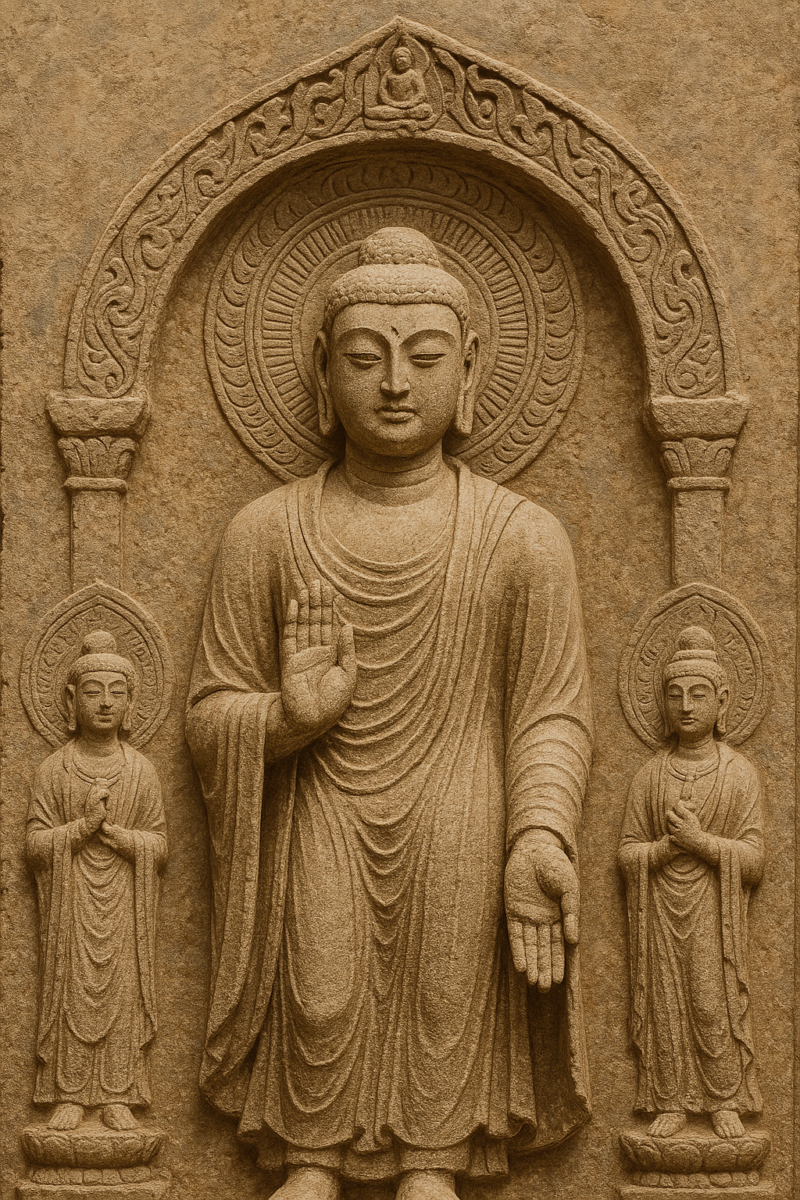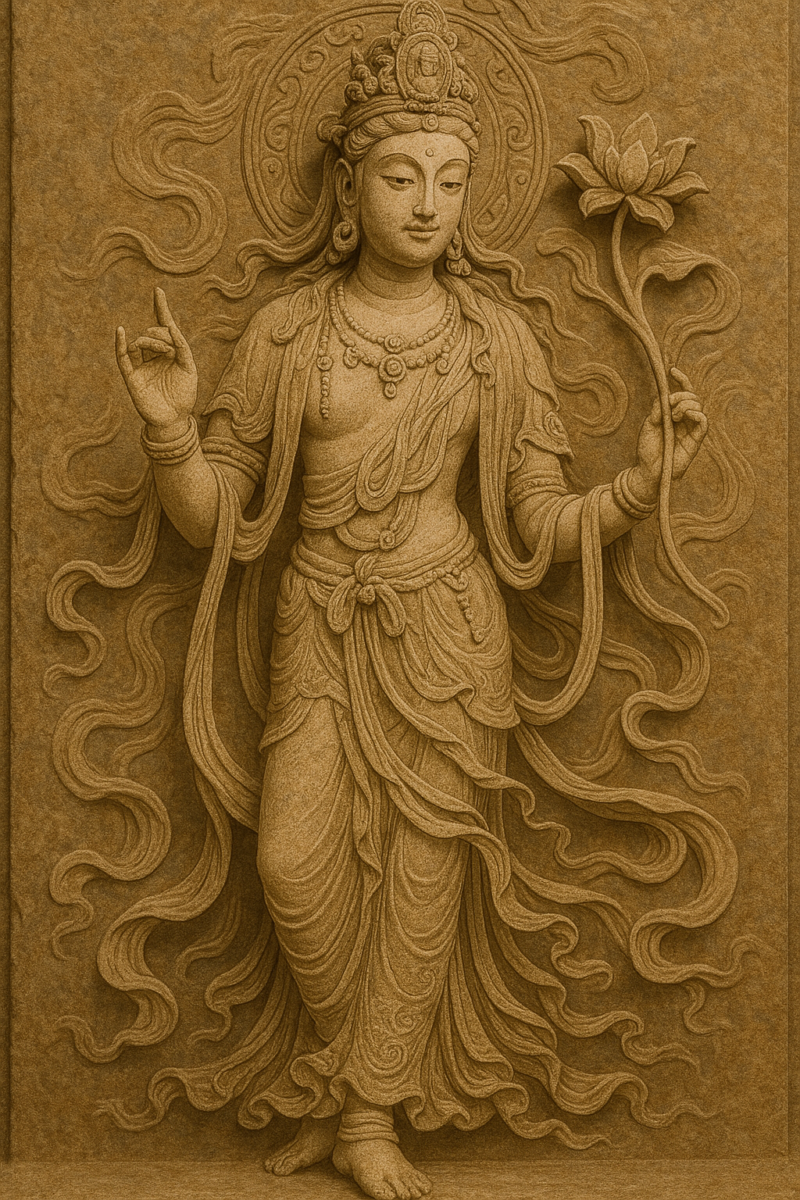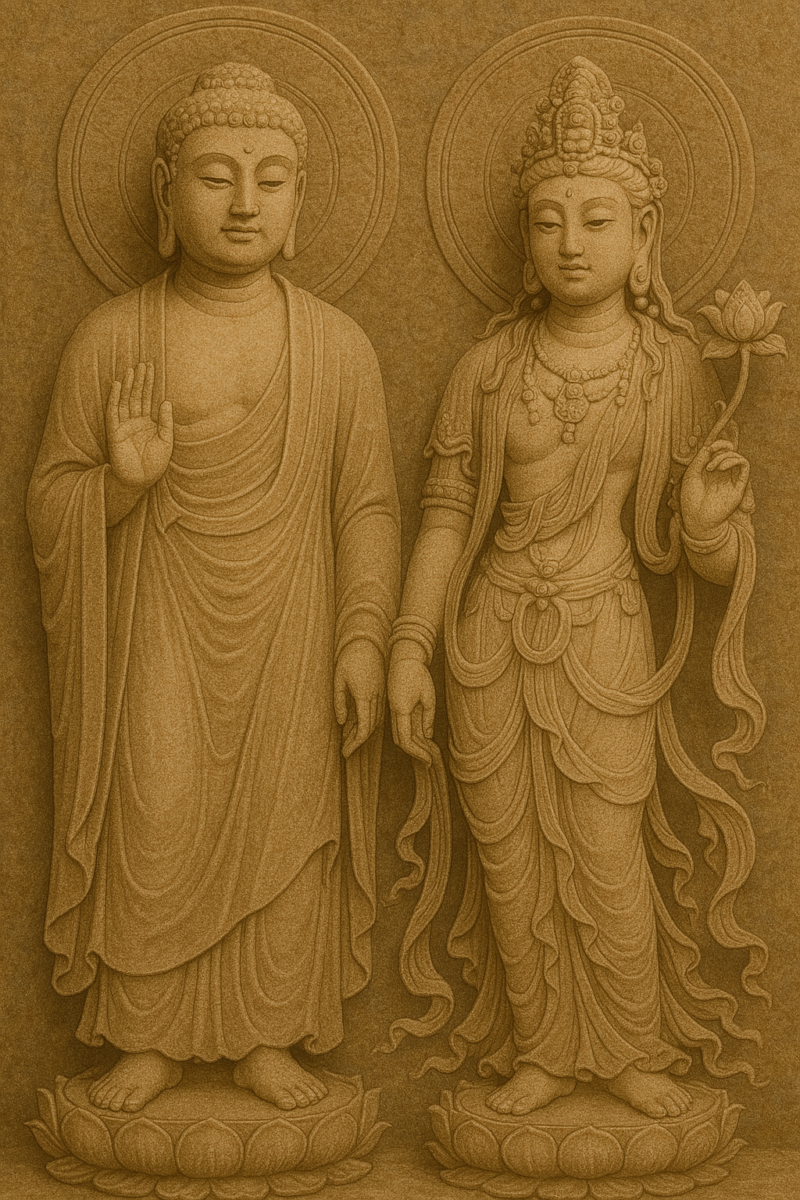The pyramids: More than just tombs, they are the ladder to heaven for ancient Egyptian civilization.
Before going to Egypt, my understanding of the pyramids was the same as most people’s:…

Among the vast art treasures of China, the Mogao Grottoes in Dunhuang, with its gorgeous murals and exquisite carvings, has become a shining pearl on the Silk Road. Among them, Dunhuang carvings, as the core component of three-dimensional art, show the trajectory of thousands of years of religious beliefs, aesthetic changes and the integration of Chinese and Western cultures. This article will take you to appreciate the unique charm of Dunhuang carving art from four aspects.

1. Origin and History: From the Western Regions, Rooted in the Hexi Corridor
The history of Dunhuang sculpture can be traced back to the Former Qin Dynasty in the early 4th century AD. Initially, it was a cave carved in the stone wall for practitioners to practice Zen, and then gradually developed into a large-scale Buddhist art project funded by princes, nobles, merchants and believers. With the spread of Buddhism in China, the sculpture style has gradually become localized.
The early Buddha statues were mostly influenced by the Indian Gandhara and Central Asian styles, with slender bodies and folds of clothes like silk. In the Northern Wei Dynasty, the Buddha statues became more solemn and majestic; and the sculptures in the Sui and Tang Dynasties entered the most glorious stage, with plump statues, kind faces, and lively charm.

2. Image and Theme: Three-dimensional Exhibition of the Buddha’s World
Dunhuang sculptures are of various types, including the main Buddha statue, Bodhisattva, Heavenly King, disciples, donors and flying apsaras. These sculptures are often combined with murals to form a complete religious narrative space.
Buddha statues are usually the central theme, mostly sitting or standing, showing the Buddha’s enlightenment and majesty.
Bodhisattva statues have soft faces, gorgeous decorations, graceful postures, and embody compassion and wisdom.
Dharma protectors and Heavenly Kings are tall and mighty, often located on both sides of the cave door to deter evil spirits.
Donor statues and flying apsaras are full of human emotions and imagination, showing the believers’ piety and yearning for an ideal world.

3. Skills and styles: changing with the times, the ultimate in craftsmanship
Dunhuang sculptures use clay sculpture techniques, first build a wooden frame, wrap it with hemp, then apply clay and perform detailed carving, and finally paint it. The carving styles of each period are very different, reflecting the social background and aesthetic changes:
Sixteen Kingdoms-Northern Wei: Buddha statues are thin, solemn, and have a strong sense of religious awe;
Su and Tang Dynasties: plump, smiling, natural clothing lines, art tends to be humanized and realistic;
Five Dynasties-Song Dynasty: Sculptures pay more attention to detailed descriptions and secular expressions, showing mature craftsmanship and regional style.

IV. Artistic Value and World Influence: Cultural Heritage Beyond Religion
Dunhuang sculptures are not only the product of religious beliefs, but also the crystallization of artistic and cultural exchanges. It has stood firm in the wind and sand for thousands of years, leaving behind rich artistic clues:
It witnessed the eastward spread of Buddhism and the integration of Indian and Central Asian artistic elements with Han style;
It is an important material for studying ancient Chinese costumes, architecture, music and social structure;
It has deeply influenced East Asian Buddhist art and has had a profound impact on the sculpture styles of Japan, Korea and other places;
It has also inspired modern artists and designers to incorporate Dunhuang elements into stage, painting, film and television.
Dunhuang sculptures are not only solidified art, but also faith and spirit that transcend time and space. They record thousands of years of history and connect us to our aesthetic and cultural identity today. When we gaze at those clay sculptures of Buddha, we may be able to feel the warmth and piety of the ancient craftsmen.